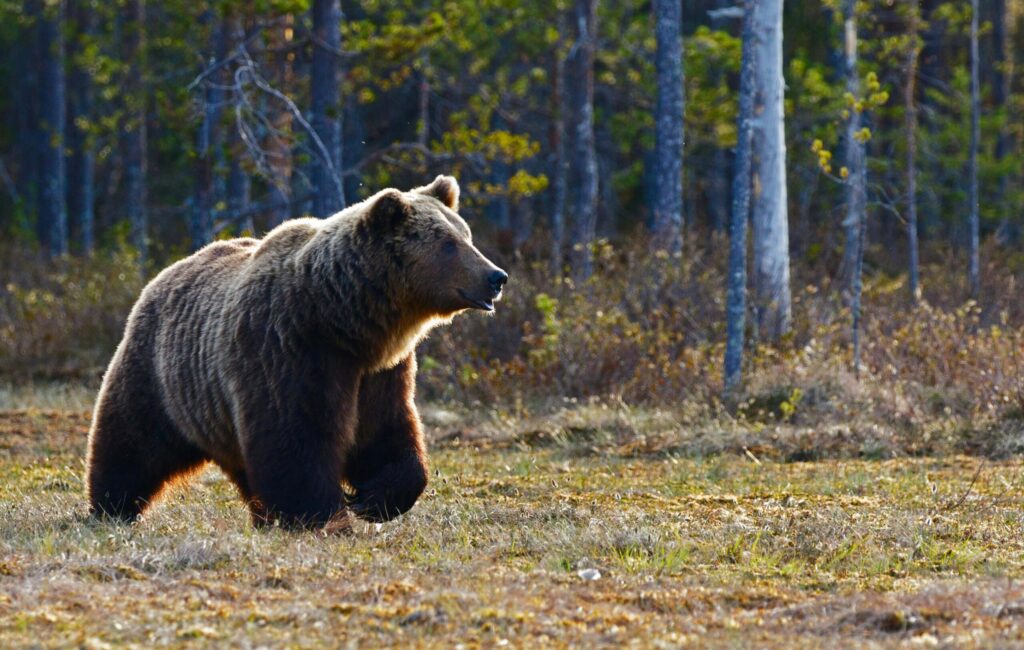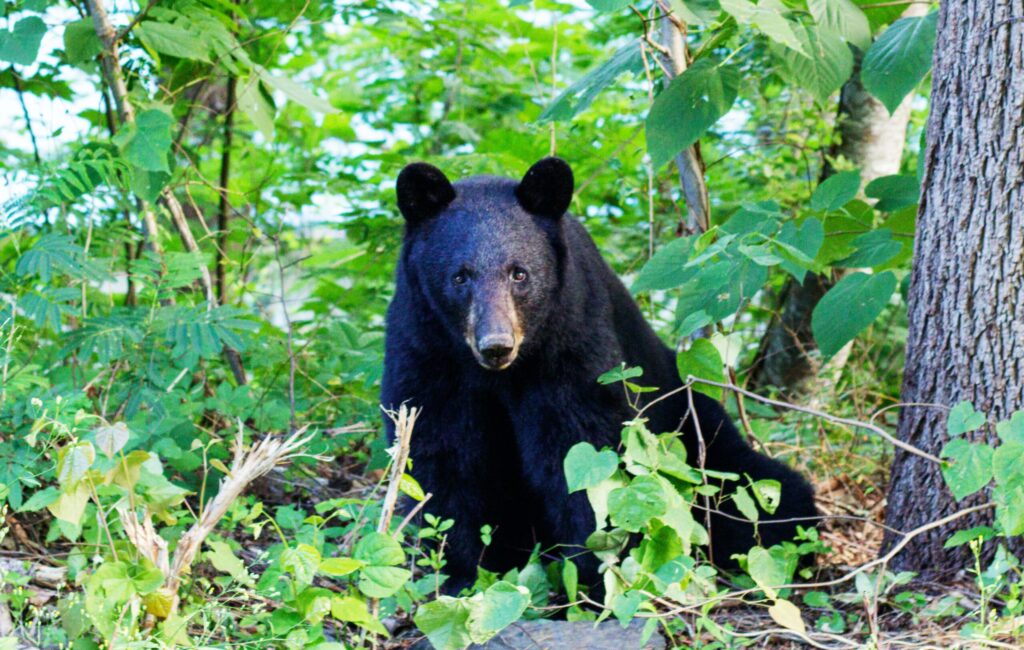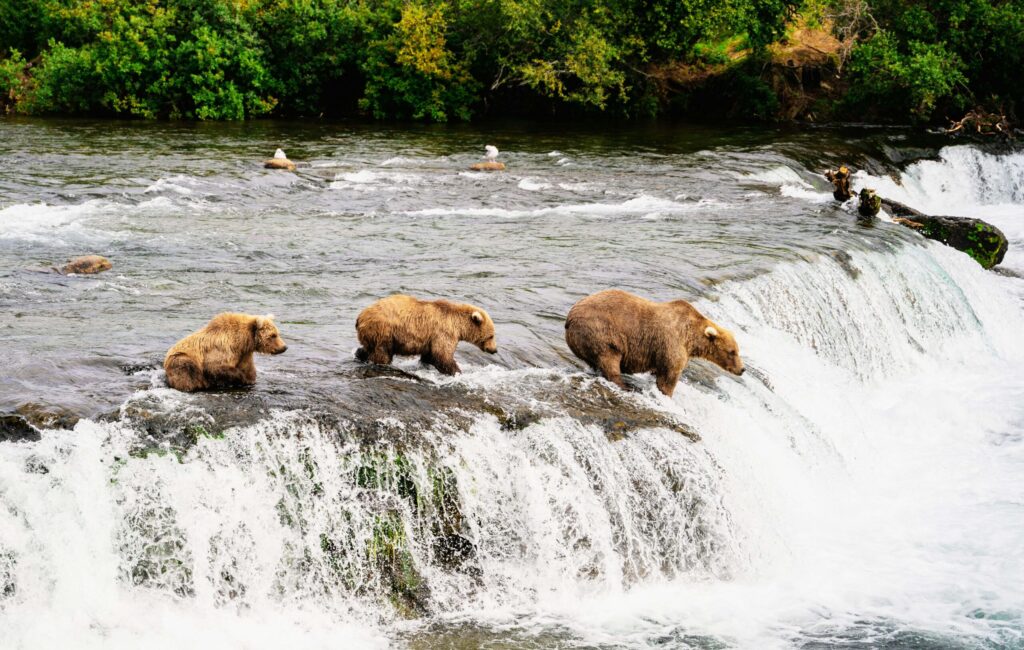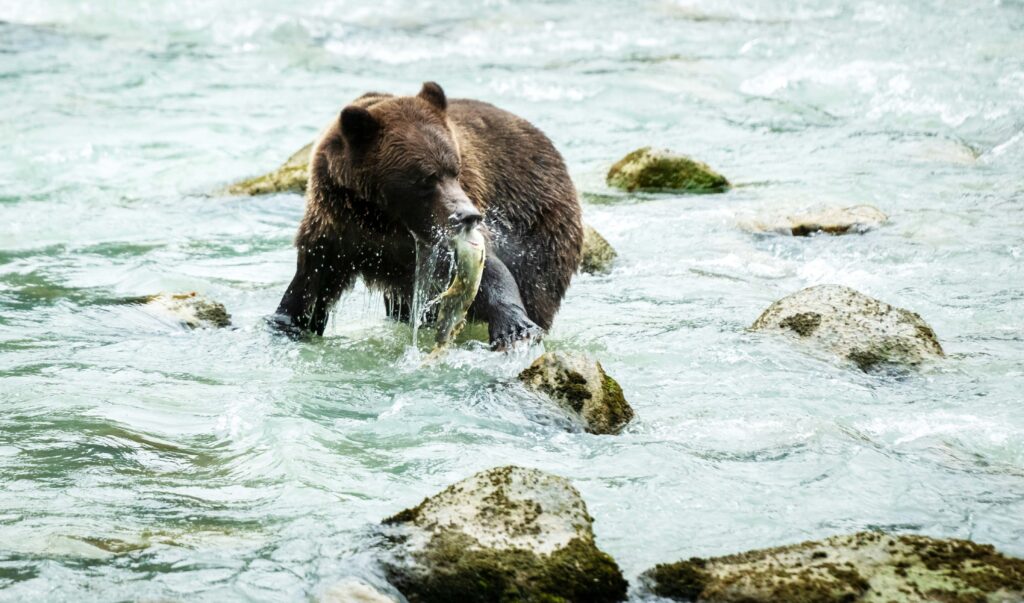Discover the Best Bear Viewing Destinations Worldwide – A Guide to Viewing Them in Nature’s Lap
It’s a thrilling journey to witness bears in their natural habitats offers a profound and awe-inspiring wildlife experience. Across diverse regions of the world, there are bear viewing destinations renowned for their bear populations, enticing nature enthusiasts and wildlife lovers alike.
Whether you seek the iconic grizzly bears of Alaska at Katmai National Park, the elusive European brown bears in the Carpathian Mountains of Romania, or the majestic polar bears in the Arctic landscapes of Canada, each destination promises a unique and captivating encounter with these formidable creatures. Opportunities for bear viewing abound, from the rugged terrains of Kamchatka in Russia to the serene wilderness of Finland’s Kuusamo.
Let’s explore the enchanting realms where the untamed beauty of nature unfolds, inviting you to witness the magnificence of bears in their wild habitats.
Some notable bear viewing destinations include:
- Alaska, USA: Alaska is home to brown, black, and polar bears. Katmai National Park and Denali National Park are popular places for bear viewing.
- Canada (specifically British Columbia): Canada has a significant bear population, including grizzly and black bears. Areas like the Great Bear Rainforest are famous for bear viewing.
- Russia (Kamchatka Peninsula): Kamchatka is known for its large population of brown bears. Visitors can take guided tours to observe these bears in their natural environment.

- Finland (Kuusamo and Kuhmo): Finland is known for its European brown bears. There are specialized bear-watching hides where visitors can observe bears in the wild.
- Romania (Carpathian Mountains): The Carpathian Mountains in Romania are home to European brown bears. Wildlife enthusiasts can take guided tours to spot these bears.
- Switzerland (Bernese Oberland): Switzerland is home to the European brown bear. The Bernese Oberland region offers opportunities for bear viewing.

- Yellowstone National Park, USA: Yellowstone is home to both grizzly and black bears. Visitors can see bears while exploring the park.
- Japan (Hokkaido): Hokkaido, the northernmost island of Japan, is known for its Hokkaido brown bears. Shiretoko National Park is a popular spot for bear viewing.
TIP: Remember to approach bear-watching with caution and respect for the animals and their habitats. To ensure safety and minimal disturbance to the wildlife, it’s often recommended to go on guided tours with experienced naturalists.
Did you know?
Bears are known for their remarkable sense of smell, crucial for survival. A bear’s olfactory system is so advanced that it can detect scents from miles away, allowing them to locate food sources, mates, and potential dangers. Additionally, bears have a specialized membrane in their nostrils that helps them differentiate between different odors, showcasing the extraordinary adaptations that contribute to their prowess in navigating their environments.

A little history:
The history of bears dates back millions of years, with the Ursidae family evolving into the diverse species we recognize today. Fossil records suggest that early bear ancestors appeared around 40 million years ago. Over time, various species adapted to different environments, leading to the emergence of distinct bear types. The brown bear, Ursus arctos, is considered the ancestor of many modern bear species.
Bears have played significant roles in human cultures, prominently in myths, legends, and folklore. Historically, societies revered and feared bears, symbolizing strength and wisdom and sometimes serving as spiritual entities. In recent times, bears have faced threats from habitat loss, hunting, and human-wildlife conflicts, prompting conservation efforts to protect these iconic creatures and their ecosystems.

Here are some general guidelines for when bears come out of hibernation:
- Brown Bears and Grizzly Bears: In regions where brown bears and grizzly bears hibernate, they typically enter their dens in the late fall or early winter. The exact timing can depend on local climate and food availability. Bears emerge from hibernation in the spring, usually between March and May.
- Black Bears: Black bears also hibernate during winter, and their emergence from hibernation is usually in spring. The timing can vary, but it often occurs in March or April.
- Polar Bears: Polar bears do not technically hibernate in the same way as brown and black bears. However, they may experience a period of reduced activity during the winter. Polar bears can be active year-round, but some individuals may spend more time on land during the ice-free months. Sea ice conditions influence the timing of their movements.




